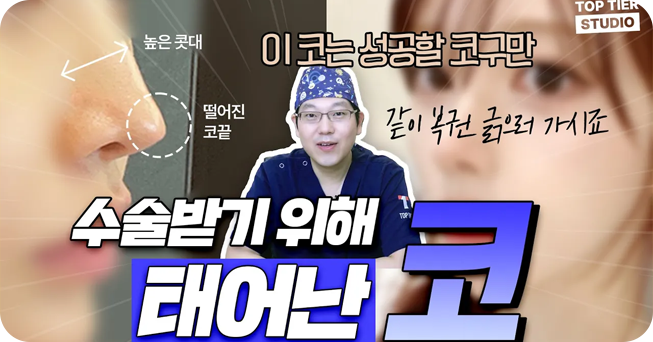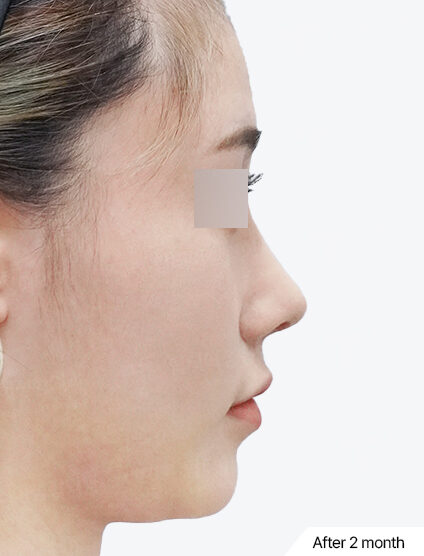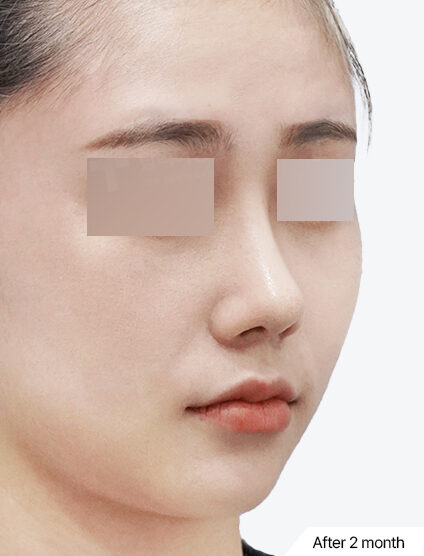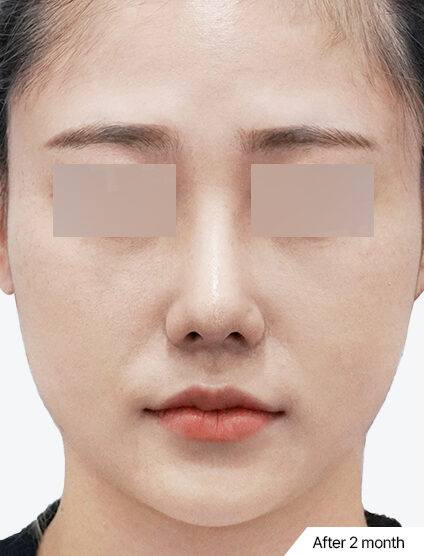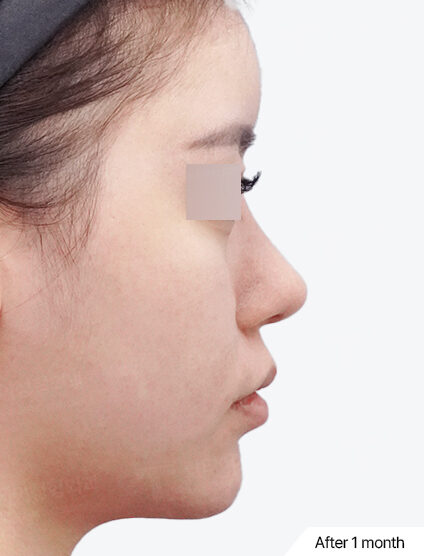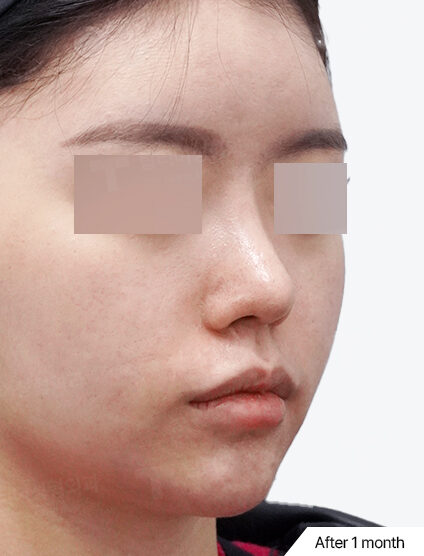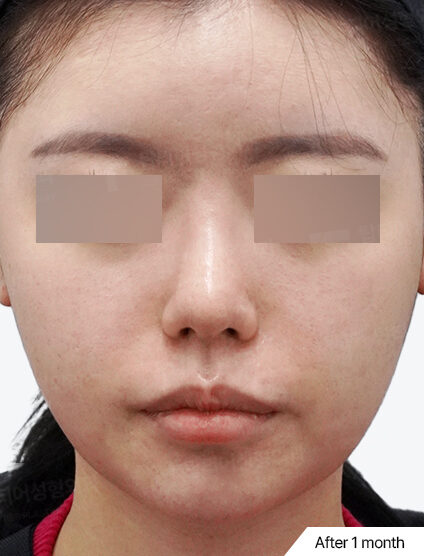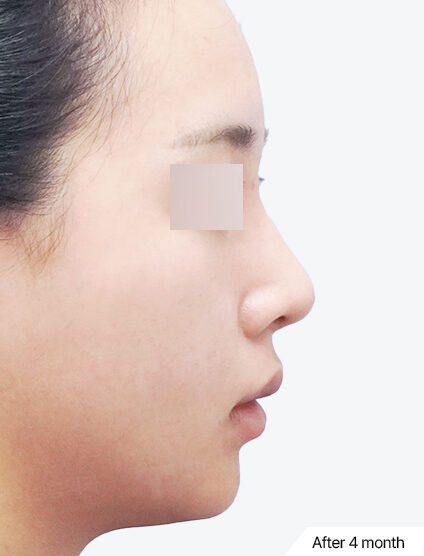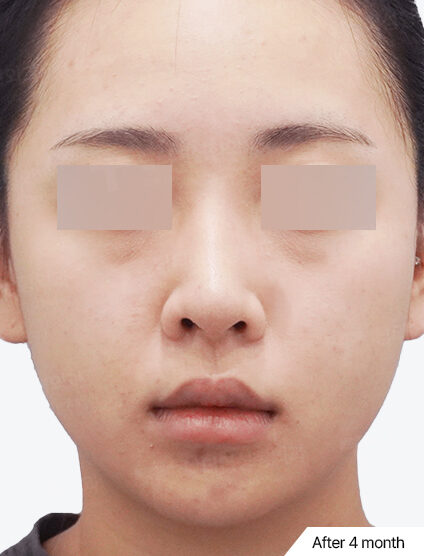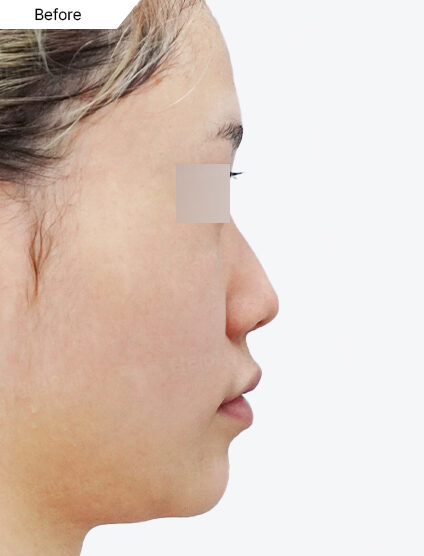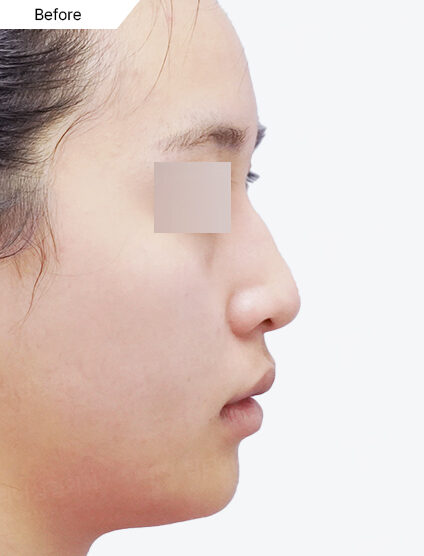Correct a Protruding Mouth Without Facial Bone Contouring Surgery!

Smooth Facial Lines and a Balanced Profile
TOP TIER Nasolabial Angle Adjustment
TOP TIER Nasolabial Angle Adjustment helps correct mid-face depression that can make the mouth
appear to be protruded, giving you a naturally contoured and three-dimensional look.
- #SolutionForProtrudingMouth
- #NaturalNose
- #BalancedFacialProfile
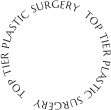

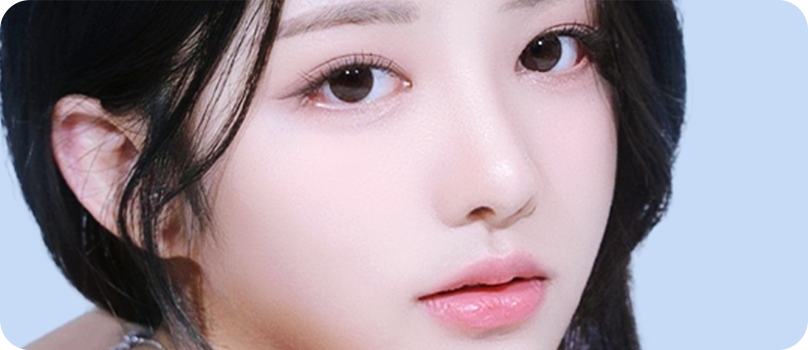
SURGERY INFORMATION
Procedure Time
1 hour and 30 minutes
Anesthesia
Sedation
Hospitalization
Not required
Stitch Removal
Twice
Recovery Time
1 to 2 weeks for normal daily activities
Procedure Time
1 hour and 30 minutes
Anesthesia
Sedation
Hospitalization
Not required
Stitch Removal
Twice
Recovery Time
1 to 2 weeks for normal daily activities
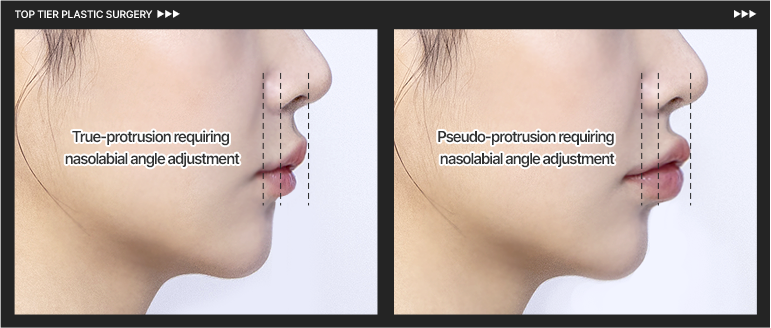
TOP TIER
Boost Your Confidence with a More Defined, Balanced Face
What is Nasolabial Angle Adjustment?
Enhances the facial contours by refining the angle between the nose and upper lip (nasolabial angle) and adjusting the philtrum slope
A protruding mouth, or bimaxillary protrusion, is characterized by forward-projecting lips and teeth. In cases that require anterior segmental osteotomy (ASO) surgery, the alveolar bone protrudes, causing an unnatural mouth shape, and when the mouth is closed, the area around the lips and chin appears to be unnatural. But for a pseudo-protrusion due to a simple midface depression, correction can be achieved through TOP TIER’s nasolabial angle adjustment

TOP TIER
Boost Your Confidence with a More Defined, Balanced Face
What is Nasolabial Angle Adjustment?
Enhances the facial contours by refining the angle between the nose and upper lip (nasolabial angle) and adjusting the philtrum slope
A protruding mouth, or bimaxillary protrusion, is characterized by forward-projecting lips and teeth. In cases that require anterior segmental osteotomy (ASO) surgery, the alveolar bone protrudes, causing an unnatural mouth shape, and when the mouth is closed, the area around the lips and chin appears to be unnatural. But for a pseudo-protrusion due to a simple midface depression, correction can be achieved through TOP TIER’s nasolabial angle adjustment
A Naturally Enhanced Side Profile
Comparing Standard Rhinoplasty and TOP TIER Nasolabial Angle Adjustment
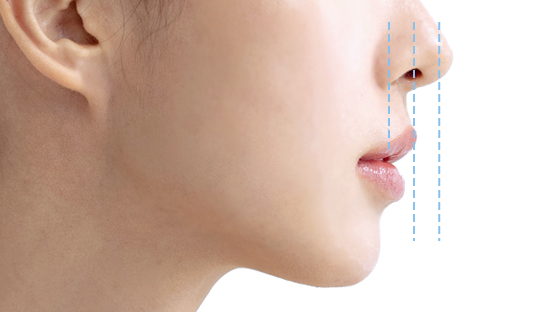
Standard Rhinoplasty |
VS | 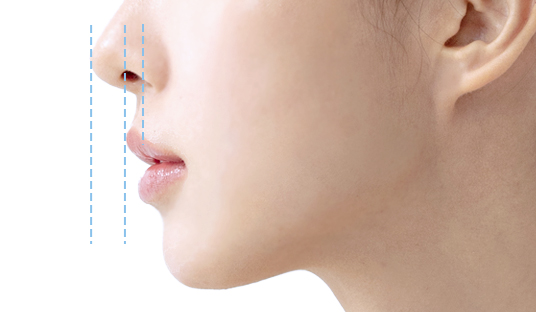
TOP TIER Nasolabial Angle Adjustment |
| Results in an unnatural line along the nose bridge, nose tip, philtrum, and lips, making the nose appear overly prominent on a flat facial profile. | Benefits | Achieves a natural, flowing line from the nose bridge, nose tip, philtrum, and lips, creating an illusion of a slightly recessed mouth and a more three-dimensional and refined facial contour. |
TOP TIER Nasolabial Angle Adjustment Highlights
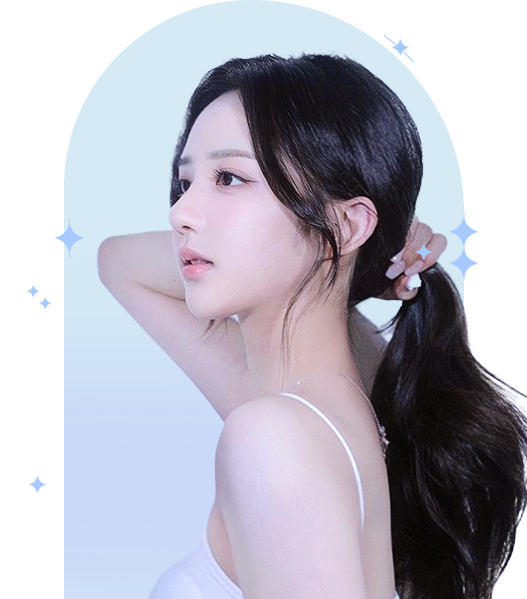
A Naturally High Nose
A high nose bridge can sometimes look unnatural. By adjusting the nasolabial angle and the slope of the philtrum, we create a nose that’s both elegant and naturally attractive.
A High Nose That Does Not Appear Long
A higher nose bridge can sometimes make the nose look longer. Through careful adjustments to the bridge’s angle, we achieve a high nose that maintains a balanced and proportionate look.
Less Visible Nostrils at the Tip
A slightly upturned nose tip can add charm and appeal. By fine-tuning the position of the nostrils and nose tip, we ensure they appear less visible, for a more refined look.
Minimal Nose Tip Sagging
By reinforcing the columella and using cartilage grafting techniques, the nose tip remains supported, and sagging over time is prevented.
A Naturally High Nose
A high nose bridge can sometimes look unnatural. By adjusting the nasolabial angle and the slope of the philtrum, we create a nose that’s both elegant and naturally attractive.
Minimal Nose Tip Sagging
A higher nose bridge can sometimes make the nose look longer. Through careful adjustments to the bridge’s angle, we achieve a high nose that maintains a balanced and proportionate look.
Less Visible Nostrils at the Tip
A slightly upturned nose tip can add charm and appeal. By fine-tuning the position of the nostrils and nose tip, we ensure they appear less visible, for a more refined look.
Minimal Nose Tip Sagging
By reinforcing the columella and using cartilage grafting techniques, the nose tip remains supported, and sagging over time is prevented.

TOP TIER Nasolabial Angle Adjustment Process
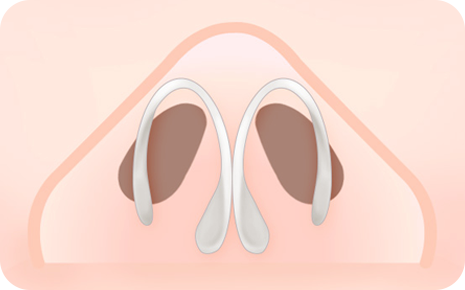
Step 01
The nose structure is evaluated, focusing on a narrow nasolabial angle and a flattened midface.
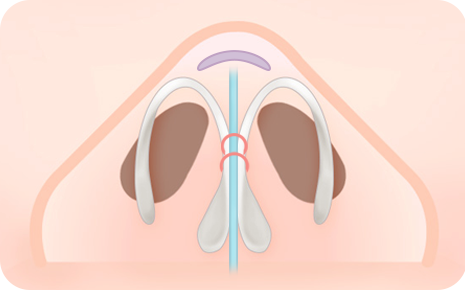
Step 02
The nasolabial angle and philtrum are adjusted by reinforcing the columella and grafting cartilage.
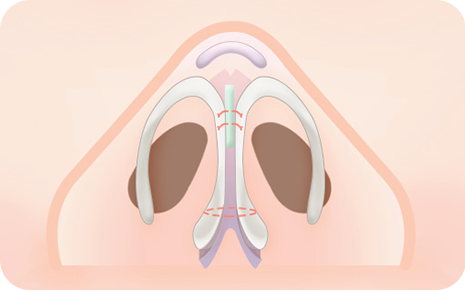
Step 03
The nasal septum is extended and the nose tip cartilage secured for a stable, refined shape.
Thorough and Detailed Analysis
TOP TIER Plastic Surgery’s Rhinoplasty System
01
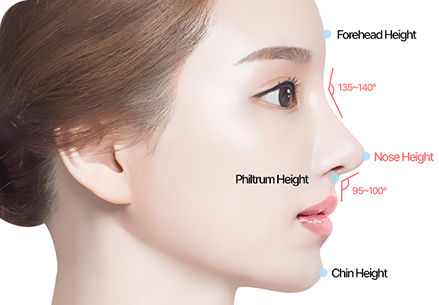
Personalized Rhinoplasty for Perfect Facial Balance
A high nose bridge alone doesn’t guarantee beauty. We create a nose that complements your unique features by carefully determining the ideal height, length, width, and angle based on your facial proportions.
02
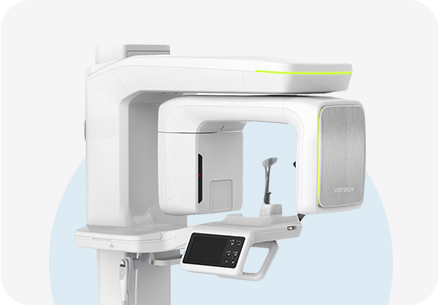
Accurate Diagnosis with 3D CT Imaging
Our advanced 3D CT technology allows us to thoroughly assess nasal structures, including the bone, septum, turbinates, and internal nasal valve. In revisional surgeries, we can accurately identify implant placement, size, and any deformities, ensuring a safer and more effective procedure.
03
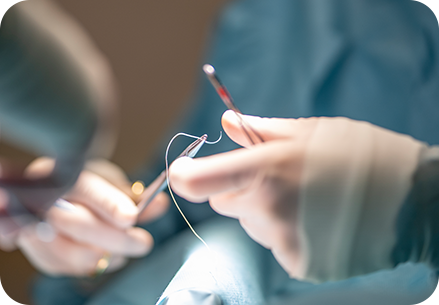
Safe and Transparent Surgical Procedures
At TOP TIER Plastic Surgery, every procedure is performed by a highly experienced specialist with extensive clinical expertise. As part of the trusted network of Seoul National University’s medical professionals, we ensure there are no “ghost surgeries,” providing personalized care and exceptional results.
Thorough and Detailed Analysis
TOP TIER Plastic Surgery’s Rhinoplasty System
BEFORE & AFTER
Please note that post-treatment issues, such as bleeding, infection, and inflammation, may vary among individual patients.





















